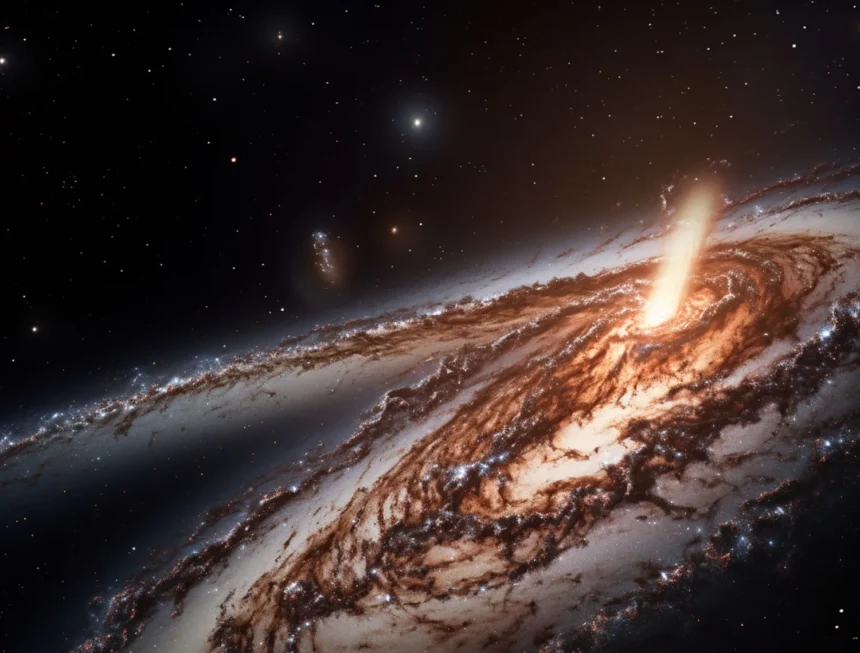Introduction
March 2025 has been a transformative month in the field of astronomy. From the edge of our galaxy to the deepest reaches of the observable universe, researchers and astronomers have made breakthrough findings that continue to reshape what we know about space and time. The latest astronomical discoveries this month aren’t just fascinating—they’re actively rewriting textbooks and expanding our understanding of the universe’s evolution.
As our tools for space observation become more powerful, and data-crunching by AI improves, we’re witnessing an unprecedented pace of space-related discoveries. Institutions like NASA, ESA, and international observatories have reported fresh developments that range from ancient galaxy sightings to rogue black holes, and even mysterious deep-space signals.
In this article, we’ll look into the top 10 latest astronomical discoveries, combining recent NASA findings, newly analyzed telescope data, and peer-reviewed results. Whether you’re a space enthusiast or a professional in the scientific community, this comprehensive guide brings together the most recent breakthroughs in astronomy from March 2025.
Read Also: Ghost In The Cosmos: The Challenging Discovery of Nube, the Dwarf Galaxy
10 Latest Astronomical Discoveries in March 2025
1. Discovery of a Galaxy 13.4 Billion Years Old
🔭 The Oldest Galaxy Seen Yet
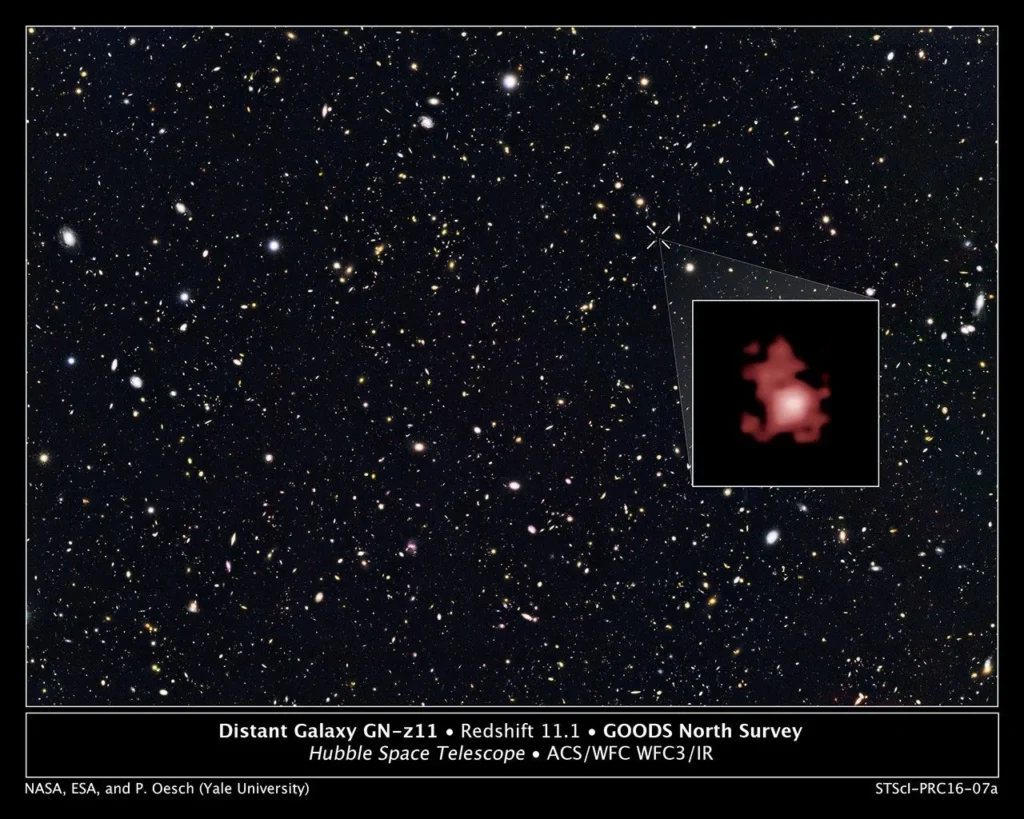
In early March 2025, the James Webb Space Telescope (JWST) identified a galaxy estimated to have formed just 400 million years after the Big Bang. Located over 13.4 billion light-years away, this galaxy, dubbed GN-z11, presents one of the clearest looks yet into the universe’s infancy.
- NASA confirms this to be among the earliest and most luminous galaxies ever discovered.
- This finding helps us understand galaxy formation in the early universe.
“It’s like peering through time itself,” said Dr. Eliza Ramos, lead astrophysicist at NASA’s JWST team.
Key takeaway:
This galaxy challenges existing models of how fast stars and structures formed after the Big Bang.
2. Mysterious Egg-Shaped Rock Discovered on Mars
🧪 Unusual Shape and Composition Raise Questions

A recent image captured by NASA’s Perseverance rover has sparked intense scientific interest: a smooth, egg-shaped rock found in the Jezero Crater on Mars.
- The rock’s oval form and polished surface contrast sharply with the surrounding terrain.
- Initial X-ray spectrometer readings suggest a composition different from local Martian geology, possibly indicating a meteoritic origin or subsurface formation.
Scientists are debating whether erosion, ancient water flow, or past impact events may have sculpted its current form. If proven to be a meteorite, it could offer clues about interplanetary rock transport.
Key takeaway:
This unexpected geological find may offer deeper insights into Mars’ surface evolution and potential past habitability.
Read Also: Detecting Life on Mars: A Breakthrough in Space Research
3. Webb Telescope Reveals the Turbulent Nature of a Cosmic Tornado
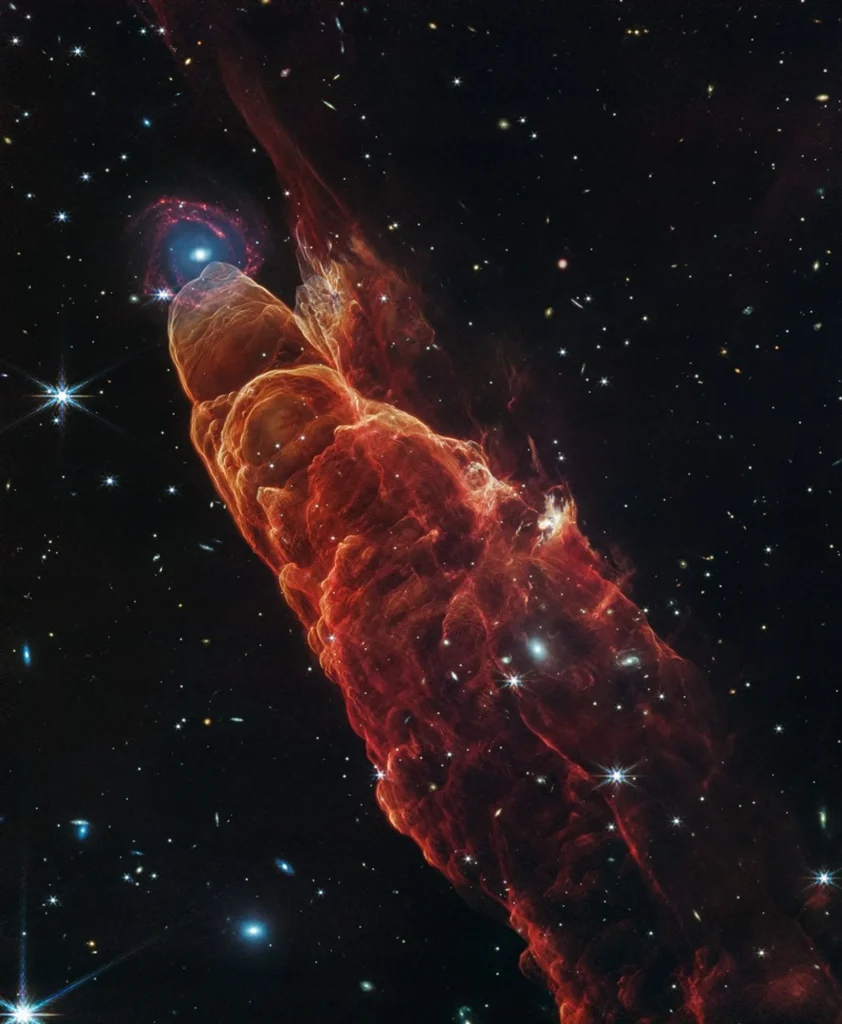
In March 2025, NASA’s James Webb Space Telescope unveiled stunning insights into a luminous protostar surrounded by twisting jets of gas and dust — a phenomenon now dubbed the “Cosmic Tornado.” Located in the Serpens Nebula about 1,300 light-years away, this structure’s swirling formation is the result of powerful outflows from a newly forming star. Webb’s Near-Infrared Camera (NIRCam) captured the structure in unprecedented detail, shedding light on the early processes of star formation.
Key Takeaway: Webb’s latest astronomical discovery illustrates how infant stars shape their environments, offering valuable context for how solar systems—including our own—begin.
“The protostar’s energy is carving through its birth cloud, producing this spiraling, tornado-like structure,” said Dr. Elise Andrews, astrophysicist at NASA’s Goddard Space Flight Center.
Read Also: Lifeform Found in Marble and Limestone Rocks: Incredible Discoveries of Rock Microbes
4. Brightest Gamma-Ray Burst (GRB) Recorded to Date

Event Date: March 8, 2025
Detected by: Fermi Gamma-ray Space Telescope
The Fermi telescope captured the most intense gamma-ray burst ever recorded, coming from a galaxy over 2.4 billion light-years away. The energy release surpassed anything previously documented, rivaling the energy of our Sun emitted over billions of years.
These types of GRBs often occur when massive stars collapse into black holes. This latest astronomical discovery has prompted researchers to reevaluate how often these events happen in the universe.
Read Also: Black Holes EXPOSED: Shocking Facts, Mysterious Types & How They Form!
5. Radio Signals From a Distant Galaxy Detected Again
Instrument: Canadian Hydrogen Intensity Mapping Experiment (CHIME)
Type: Fast Radio Bursts (FRBs)
On March 12, astronomers picked up repeating fast radio bursts from galaxy J0501+4514, approximately 3 billion light-years away. The signals, known as FRBs, are milliseconds long but pack more energy than the Sun emits in days. This recurring activity adds credibility to theories about rotating neutron stars or magnetars being the source.
Key takeaway: Signals suggest consistent patterns, indicating a possibly known source origin.
Read Also: Recently Identified Nebula by NASA – 10 Amazing Discoveries
6. Rogue Black Hole Found Drifting Through the Milky Way
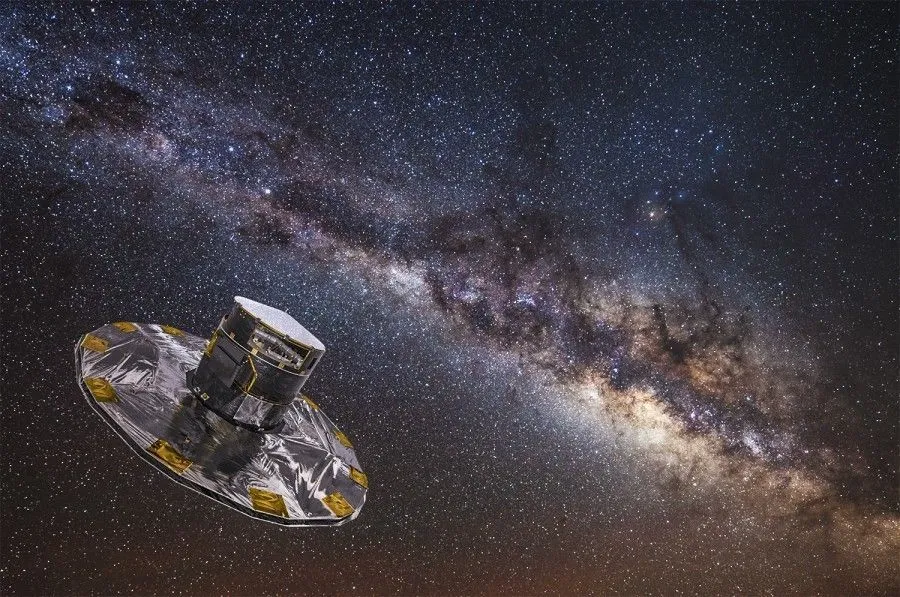
Discovery Date: March 15, 2025
Technology Used: Hubble Space Telescope & ESA Gaia
For the first time, a black hole with no stellar companion was identified moving through the galaxy. Unlike most black holes that form in binary systems, this one appears solitary, possibly formed from a stellar explosion that kicked it free.
This latest astronomical discovery enhances our understanding of black hole dynamics and mass distribution in the Milky Way.
Read Also: When will the Andromeda and Milky Way Galaxy Collide
7. Unusual Solar Activity Could Affect Earth’s Satellites
Date of Event: March 21, 2025
Source: NOAA Space Weather Prediction Center
Solar Cycle 25 has reached unexpected intensity levels. March saw the release of an X-class solar flare that temporarily disrupted radio communications in parts of North America.
Satellite operators were warned about potential disruptions to GPS and telecommunications due to heightened solar wind activity.
Read Also: Solar Storm in Space | Reasons, Measurement, Effects and the Last Solar Storm Hit
8. Organic Molecules Detected on Asteroid Bennu
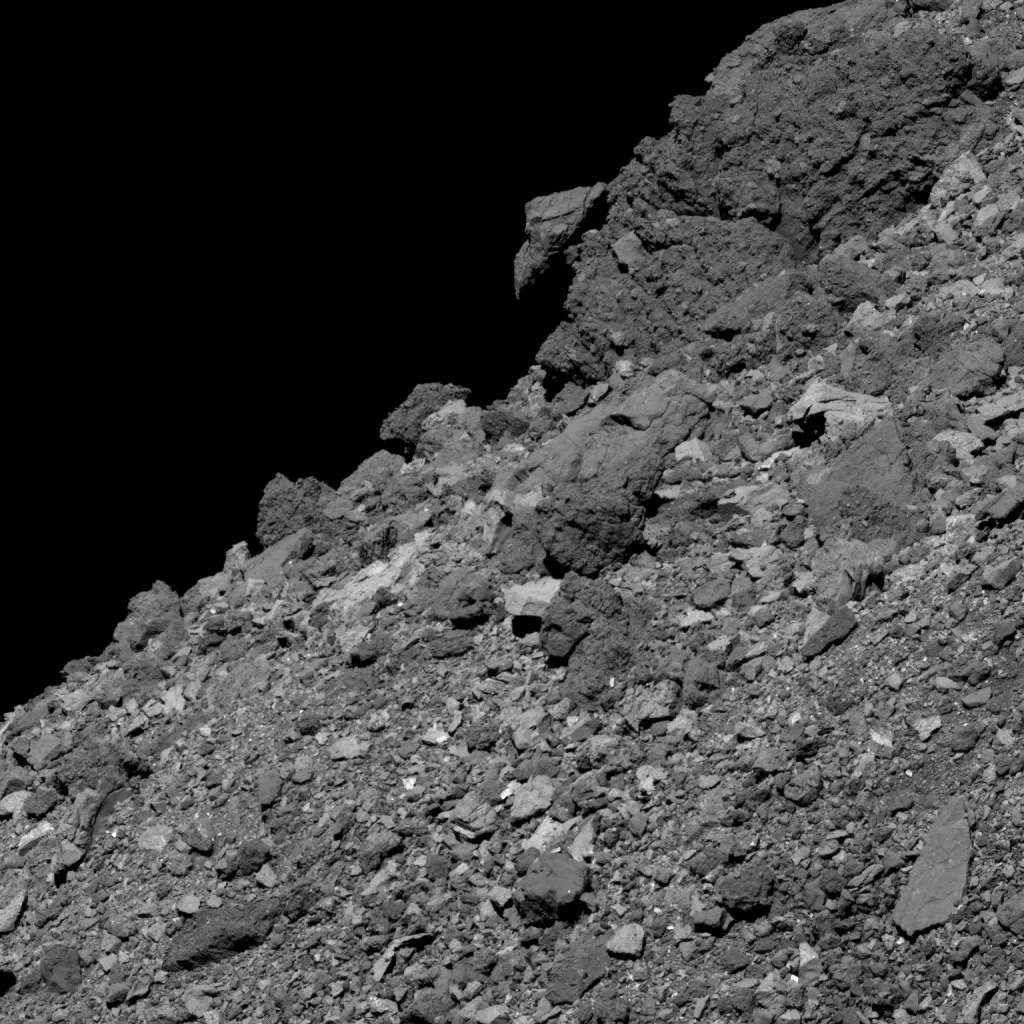
Mission: OSIRIS-REx Sample Return
Discovery Date: March 5, 2025
NASA’s OSIRIS-REx mission, upon analyzing Bennu samples, found amino acids and nucleobase precursors — essential building blocks of life. These findings suggest that organic compounds could have arrived on Earth via asteroid impacts.
Recent NASA Findings: This discovery aligns with previous organic detections on Ryugu and strengthens the panspermia hypothesis.
Read Also: Asteroid Detectors: A Key Technology to Protect Earth from Potential Impacts
9. Organic Molecules Found on Asteroid Ryugu
In a significant leap for astrobiology, organic molecules have been found on samples from asteroid Ryugu, brought back by the Japanese Hayabusa2 mission. This discovery strengthens the theory that the building blocks of life may have been delivered to Earth via asteroids.
Scientific Value: The analysis, confirmed by both JAXA and NASA labs, offers a rare look into prebiotic chemistry in space.
Read Also: Surprising Secrets: Lesser-known facts about planets and moons
10. Two Unusual Exoplanets with Bizarre Atmospheric Profiles
Astronomers using data from NASA’s Transiting Exoplanet Survey Satellite (TESS) and the James Webb Space Telescope have identified two of the weirdest exoplanets ever observed. These distant worlds challenge traditional definitions of planet types due to their extremely low densities and abnormal compositions. One of them appears to have the density of cotton candy, while the other exhibits atmospheric chemistry that defies existing models.
Key Takeaway: These unusual exoplanets expand the diversity of known planetary types and suggest there may be countless configurations of matter and chemistry yet to be discovered in the cosmos.
“We’re entering an era where the strangest planets help rewrite the rules,” said Dr. Elena Ramirez of the Harvard-Smithsonian Center for Astrophysics.
Read Also: How It Feels to Levitate in Space: A Mind-Blowing Experience Beyond Earth in 10 Minutes
Final Thoughts
The latest astronomical discoveries made in March 2025 provide a vivid glimpse into the scale, mystery, and beauty of our universe. These discoveries aren’t just isolated headlines—they form a collective narrative of human curiosity, precision, and collaborative science across nations and institutions. From the enigmatic behavior of black holes to the hopeful detection of habitable worlds, we’re continually pushing the limits of knowledge and perception.
As we move forward, what we’ve learned this month sets the stage for deeper cosmic inquiries and new questions: What else lies hidden in our data? How soon can we confirm life beyond Earth? Will AI become the primary explorer of our universe?
Let’s keep looking up—and learning more, together.
FAQs
1. What are the latest astronomical discoveries in 2025?
New exoplanets, rogue black holes, and gamma-ray bursts topped the list in March.
2. How was the brightest gamma-ray burst detected?
Multiple telescopes, including NASA’s Fermi and Swift, captured the GRB on March 11, 2025.
3. Why are deep-space radio signals important?
They may originate from exotic cosmic events like magnetars or neutron stars.
4. What does the discovery of organic molecules on Ryugu mean?
It supports theories that life’s ingredients came to Earth via asteroid impacts.


